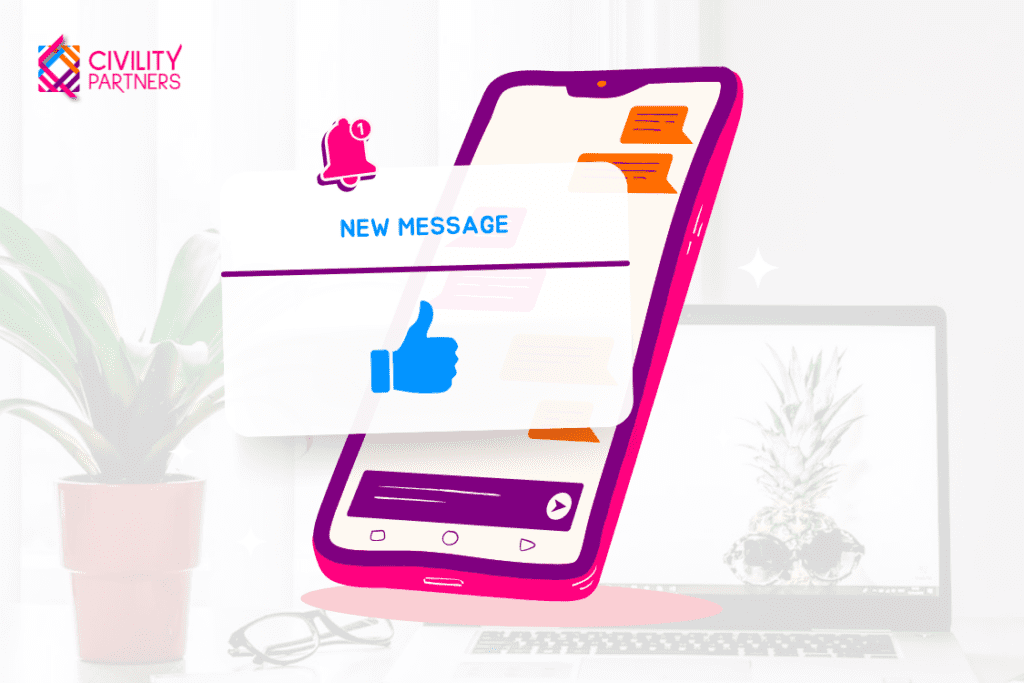Written by: Sabrina Singh
I believe most people are good.
Working in an industry focused on toxic workplaces can often seem like the world is full of bullies and ill-intentioned people. I can imagine that working in a toxic environment could lead to similar sentiments. This is why it’s important to take a step back and remember who we are at our core.
In general, most people are good. In fact, many of the bullying leaders we work with bully unintentionally – not understanding how their communication is being perceived. Once we provide them with themed feedback, we often hear genuine reactions of, “Oh my goodness, I had no idea…”
This doesn’t make the actions of the leader any less harmful; but, it does provide a lens that the intention may be less malicious than it seems. Keeping this in mind – and giving people’s intention the benefit of the doubt – changes how we might respond to communication that we perceive as hurtful.
A recent study even found that regularly assuming malicious intent negatively impacts a person’s wellbeing. Meanwhile, assuming positive or neutral intent leads to improved relationships, and improved well-being.
In order to maintain a positive culture (and our own well-being), the default should be giving people the benefit of the doubt.
So, let’s discuss what contributes to miscommunication in the first place.
What causes miscommunication?
When I think about my average work day, the first and last thing I do is check my email. And while I can’t speak to every industry and role, I know I’m not alone in this routine. In fact, the majority of the day for many corporate roles is spent in electronic communication.
Yet, the majority of communication intent is portrayed through body language, tone of voice, facial expressions, and other indicators of emotional tone. When these non-verbal components are removed from the equation, A LOT of room is left open for interpretation. Since the sender’s emotional component is absent from electronic communication, the recipient of the message interprets its intent based on their own emotional state and perception.
Another layer to consider is the generational factor of communication. This became evident to me recently, when my brother asked an interesting question. He – a Millennial – asked me how I – a GenZ – would feel if I received a thumbs up emoji as a response. Without much thought, I told him that it’s usually sent when the other person is annoyed with the conversation, and I feel like it’s a bit rude. He was shocked and explained how he perceived a thumbs up as a positive reaction to a conversation. We went back and forth for several minutes discussing other “emoji” responses, and many of our interpretations were different. We are only 3 years apart in age…Imagine the differences that occur between co-workers who are decades apart!
Long story short, it’s no question that miscommunication is inevitable. So we must ask…
What steps can be taken to help minimize that miscommunication?
1. When you receive a message that rubs you the wrong way, consider the different possibilities of intent. Take for example:
“Have a good day.”
This can be read in a stern and annoyed tone. But it also could be read in a happy, positive tone! Or it could be considered neutral. It depends on the content of the rest of the message, your relationship with the sender, and the personality of the sender. In this instance, it’s best to give them the benefit of the doubt, and just enjoy the rest of your day.
(Also make sure to consider alternative tones when you are the sender!)
2. If after considering alternative tones, you still conclude that the sender had negative intent, be unassuming and honest with how the message made you feel. If possible, reach out to the sender over the phone or in person to prevent further misunderstanding and clear the air.
Obviously, if the message constitutes harassment or is inappropriate, that is a different story, and it should be reported.
3. Create a culture where benefit of the doubt is the default reaction. This starts with leadership! Communicate to your teams the importance of assuming positive intent and keeping open communication channels with co-workers…and then be sure to practice what you preach.
4. Finally, remember that everyone has bad days…including you. We are all human. We have all sent email responses that were less “friendly” than we’d like to admit. That doesn’t make us bad people. When unsure, ask yourself – is this person communicating in this manner because they intend to offend me? Or is it possible they are having a bad day, frustrated by something unrelated, have a different “texting style,” are from a different generation, or are unaware of how the message is being perceived? More often than not, it’s one of the latter.
Whether it’s the cheerful holiday season, or the depths of a freezing winter where the SAD is real…remember to give people the benefit of the doubt. Especially the ones you spend the majority of your day with! Their email may seem harsh, but at the end of the day, they’re probably doing the best they can. People can be challenging, but most people are also just like you and me…
Good.
Sincerely,
Sabrina and the Civility Partners Team
Let’s create a plan to build a positive workplace! | Invite Catherine to speak | Check out our webinar library



